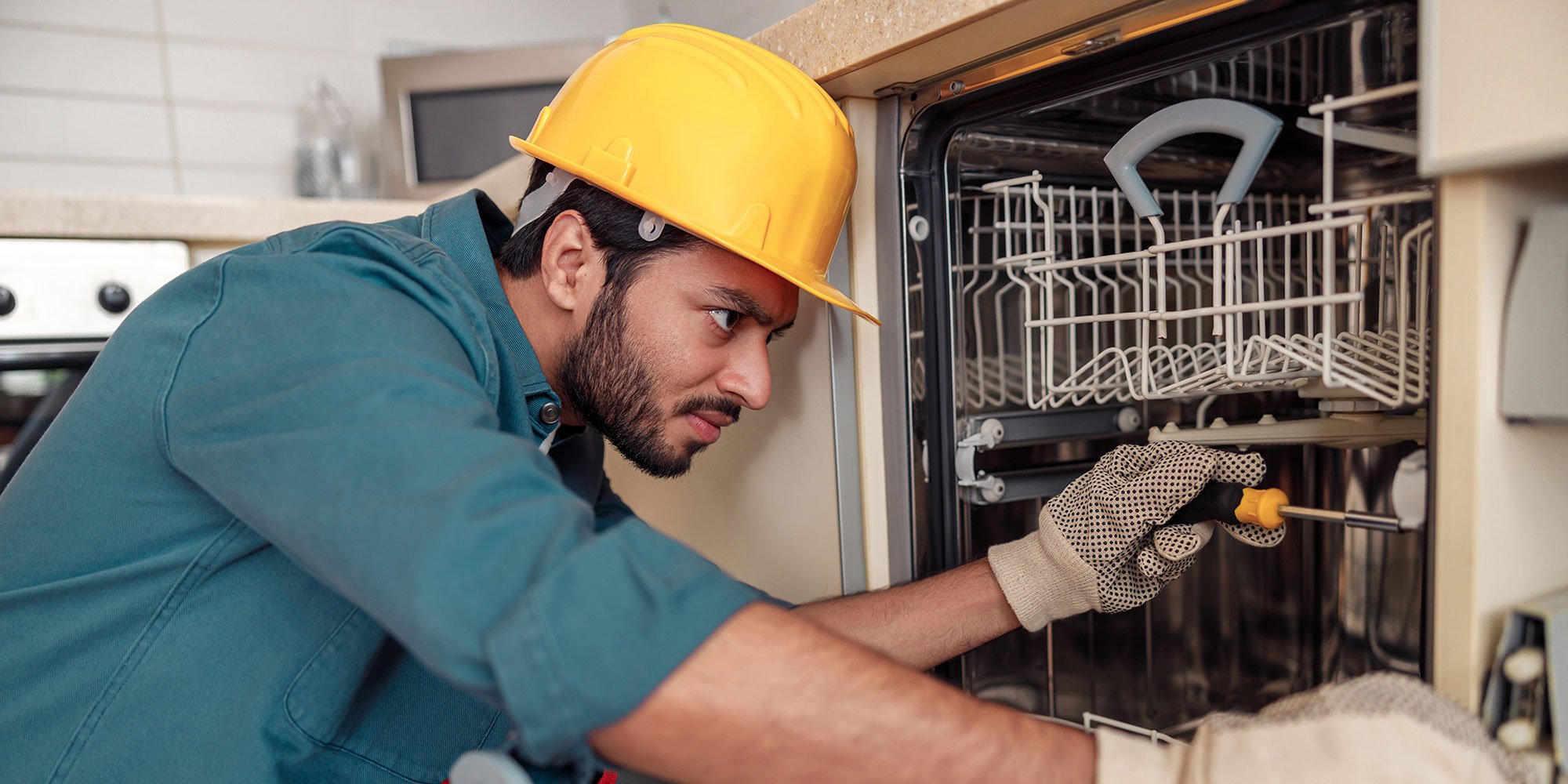
Plumber Pricing: How to Determine Your Hourly Rate
Plumbing services are essential because everybody who owns a home or commercial building has issues with their water and pipes at some point. People might complain about how much licensed plumbers charge, but the truth is that it takes skill to repair a burst pipe or do a toilet installation, and skilled labor deserves to be compensated. Plumbers make themselves available at odd hours for emergency services, too, which can add to the cost.
At Select Funding, we partner with small plumbing businesses all the time, and one of the topics that comes up often is plumber pricing. How much should a professional plumber charge for the plumbing work they do? We’ve put together this guide to plumber pricing to help you determine your hourly rate.
What Do Plumbers Charge Per Hour?
Let’s start with a national average. The hourly cost for plumbing services may be as low as $50, which is rare, or as high as $200. Many plumbers charge additional fees, and we’ll get to those in the next section.
The national average hourly rate for plumbing services in the United States is $100. Some of the factors that can impact a plumber’s hourly rate include the following:
- Cost of living in the service area where you live
- The plumber’s experience and training
- Economic circumstances (inflation may lead to higher prices)
- Seasons (it’s common for plumbers to charge more during the winter when pipes are likely to freeze and plumbing issues are more common)
Homeowners and business owners understand that it can be risky and expensive to make their own plumbing repair, so the other factor that impacts plumbers’ hourly rates is the law of supply and demand. Most people don’t have the skills and tools necessary to make a complicated plumbing repair, so they rely on professional plumbers to do it for them.
What Other Charges May Appear on a Plumbing Invoice?
The hourly rate a plumber charges covers the cost of labor and a few other things, but there may be several other items that appear separately on the invoices you send to clients:
- Travel fees. If you need to travel long distances to get to a job, you may need to charge a travel fee to cover your time and gasoline, plus wear and tear on your vehicles.
- Supplies and materials. Some jobs may only require the tools you use regularly, while others may require you to purchase materials and supplies to complete them. When that’s the case, these items may be itemized on your invoice, although some plumbing companies include supplies in their hourly rates.
- Permits. Depending upon the scope of the project, you may need to apply for permits to complete the work; the cost of these permits should be included in your invoice.
- Emergency situations. Plumbing emergencies don’t run on a predictable schedule, and most plumbers charge extra if they respond to a job outside of their usual business hours. It’s common to charge a flat emergency plumber fee, which should be listed on your invoice.
Many plumbers list these items separately. They may be included in a plumbing estimate if you provide one for a large job, and in that case, it should be clearly stated what is included and what is not.
How to Determine Your Hourly Rate
The key to determining your hourly rate is understanding everything that goes into the work you do. It’s not just your labor; your hourly rate needs to include money to pay for your overhead expenses, maintenance on your tools, insurance, and a profit for you.
Overhead Expenses
You will need to understand the cost of the following things before you determine your hourly rate:
- Overhead expenses may include your rent, insurance, vehicle maintenance, and tool maintenance.
- Administrative expenses, including the time it takes to create a bid or quote for a plumbing job, time to create an invoice, and time to collect and process payments.
- Union dues and ongoing training/professional learning.
If you plan to charge an hourly rate, you’ll need to make sure that the right is high enough to cover your overhead expenses. For example, you could take your annual overhead expenses and divide them by your billable hours for the most recent 12 months to arrive at an hourly overhead rate.
Labor
Labor costs are an essential component of your hourly rate. You may employ apprentice plumbers who can do work at a lower-than-average cost, but you may also need to supervise them and pay yourself for your time.
Your hourly rate should include enough money to pay all labor expenses, including employees’ hourly pay or salaries, taxes, and benefits.
Profit
Finally, you’ll need to consider your profit margin when you set an hourly rate. The average profit margin for plumbers in the United States is between 20% and 35%. After you total everything else that goes into your hourly rate, you’ll need to add your profit margin on top of that to make sure that you’re earning enough money to make your plumbing company a success.
Should You Be Billing Hourly or Using a Flat Rate?
One of the biggest questions you’ll need to answer as the owner of a plumbing company is whether it makes sense to bill your clients on an hourly basis or to use a flat rate.
Hourly billing might seem more transparent in some situations, but it can also lead to customers watching the clock and getting impatient if the work takes longer than they thought it would.
Using flat rate billing means that customers know in advance how much they’ll be paying for a project. They can also pick and choose services from a menu, making it easy for them to order the work they need.
Pros and Cons of Hourly Billing
Here are the pros and cons of billing your plumbing services on an hourly basis.
Pros
- Hourly rating works for both large and small projects because it allows you to easily scale your pay based on how long the job will take.
- There’s greater flexibility with hourly billing than with flat rate billing because you’ll be protected if you make unexpected discoveries that increase the scope of the work you’re doing.
Cons
- Providing estimates is trickier and more time-consuming than providing a flat rate for the work to be completed; apprentice plumbers may not have the skill needed to provide hourly estimates.
- Customers tend to prefer flat rates over hourly rates because hourly rates make the final plumbing cost uncertain and that can be stressful.
Pros and Cons of Flat Billing
Now, here are the pros and cons of using flat rate billing instead of hourly billing.
Pros
- Most customers prefer the predictability of flat rate billing because they know in advance how much they’ll be paying and can budget accordingly.
- The billing cycle with flat rates tends to be shorter than it is with hourly billing. Your customers know how much to pay and they may be willing to pay immediately after work is completed or even—in some cases—ahead of time. You’ll also save time creating invoices.
- Higher profits are one of the potential benefits of flat billing. When you use flat billing, finishing a job quickly translates to a boost in your profits.
Cons
- There’s limited flexibility with flat rate billing, especially if a job takes longer than you expected it would. If the general scope of the job is the same but your time becomes an issue, flat billing can eat into your profits.
- You’ll need to have flat prices for everything. You can’t always tell what will be required ahead of time, so if you run into a complication, you’ll need to make sure you have a flat price for every contingency.
- You’ll need to revisit your flat rates often, particularly during times of high inflation as the cost of parts and supplies increases. You will also need to update your price list when you increase your employees’ pay.
Is Hybrid Billing the Answer?
Some plumbing businesses prefer to take a hybrid approach to building. There are multiple ways to hybridize your billing:
- Charge flat rates for routine and predictable jobs where you fully understand the scope and are confident you can finish the work quickly.
- Charge hourly rates for larger jobs or those with a lot of variables, since the amount of time the job will take is in question.
- Create estimates based on a fixed number of hours. If you use this approach, you’ll need to clearly state the amount of time built into the quote and specify that any overage will be billed on an hourly basis.
It may take some trial and error to arrive at a hybrid approach that works for you. Some customers may prefer an hourly rate or a flat rate, and you may want to consider those preferences as you determine the best prices for your work.
Get the Working Capital You Need to Grow Your Plumbing Business
The hourly rate you charge for your skilled plumbing work can make or break your business, which is why it’s important to understand what to include in your hourly rate and how to make sure you earn enough profit to make your business a success. We hope that the information we’ve included here will help you set prices that allow you to achieve your most important goals.
Do you need working capital to fund your plumbing business? Select Funding is here to help! Click here to read about our small business financing and equipment financing for plumbers and start the application process today.






